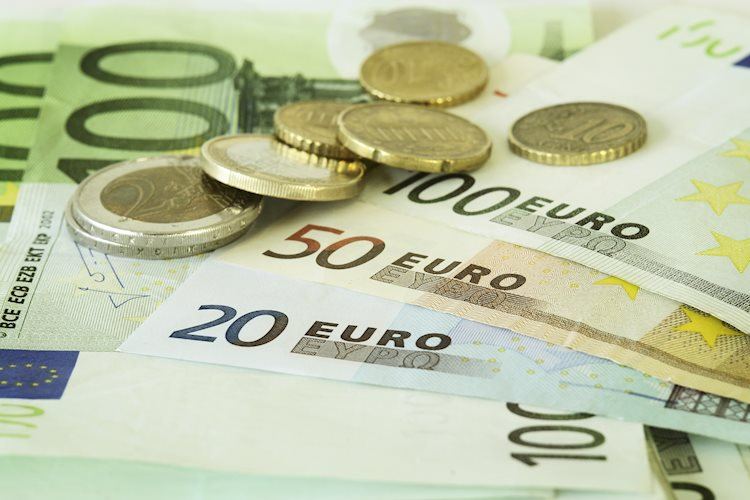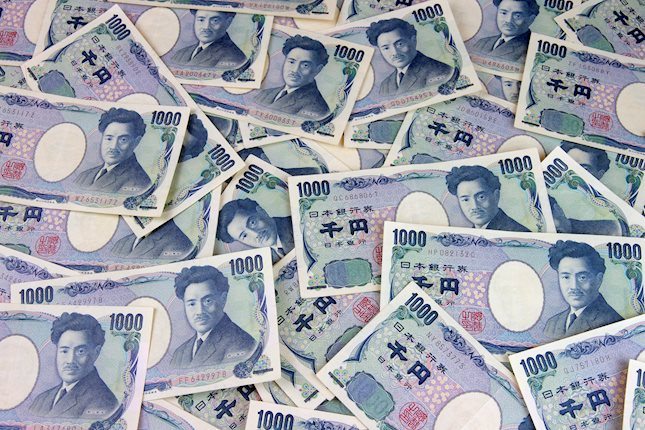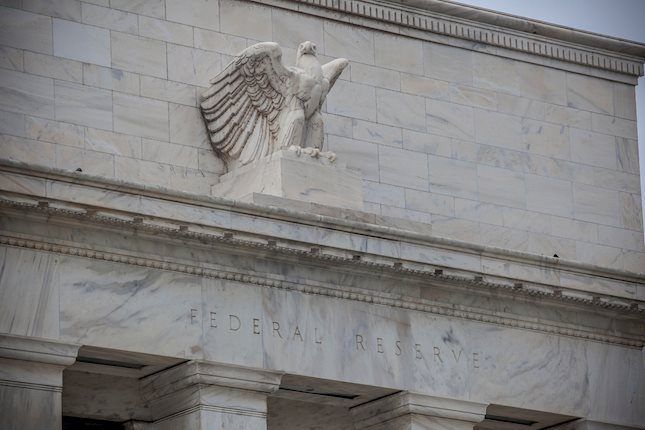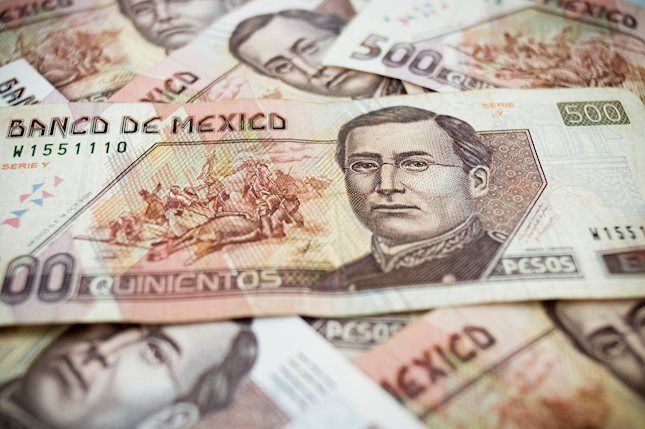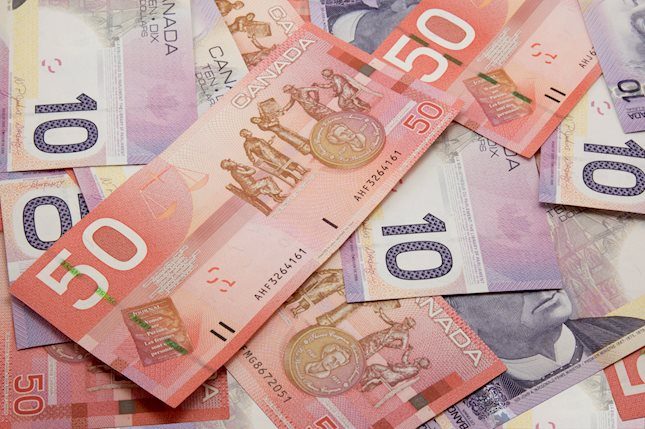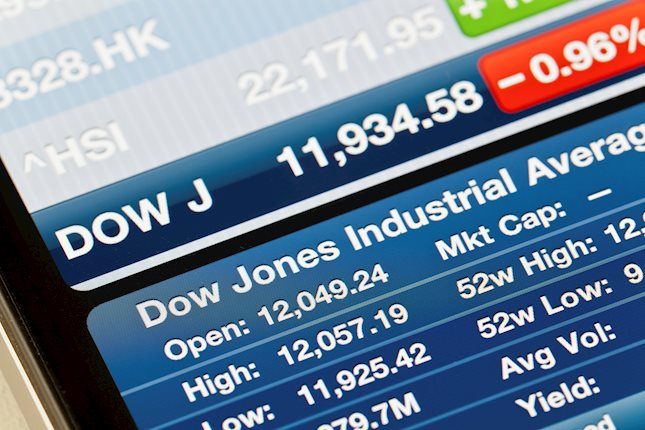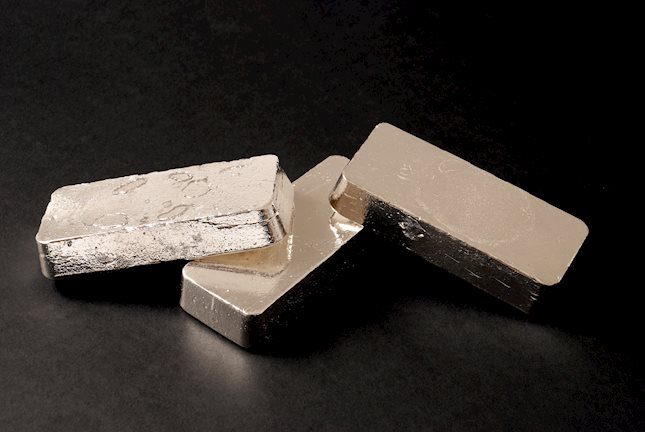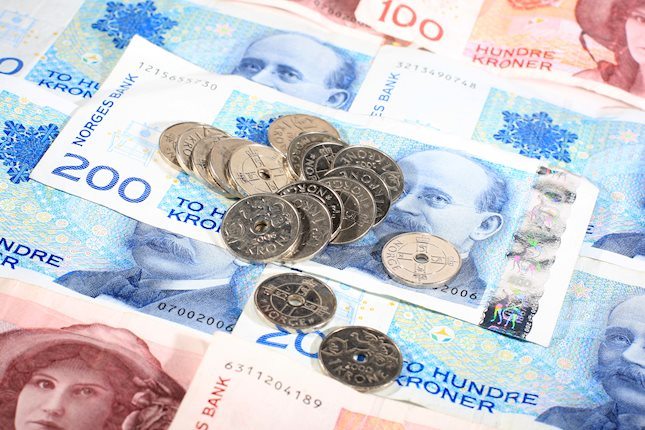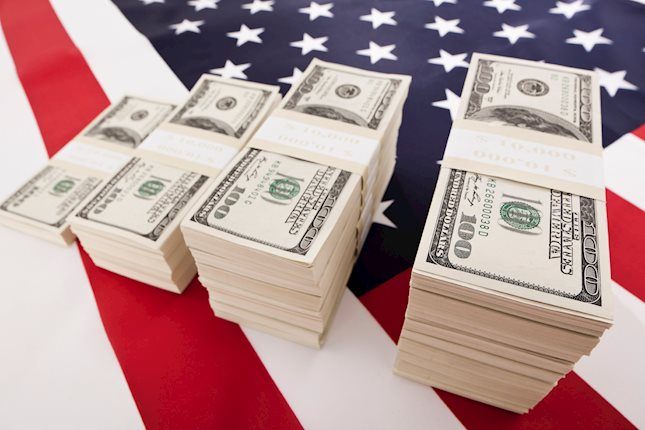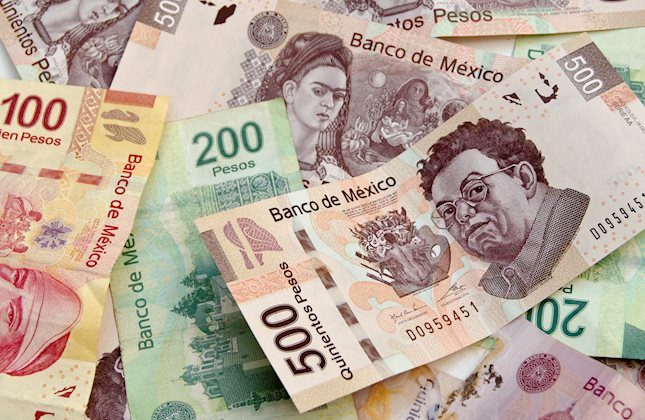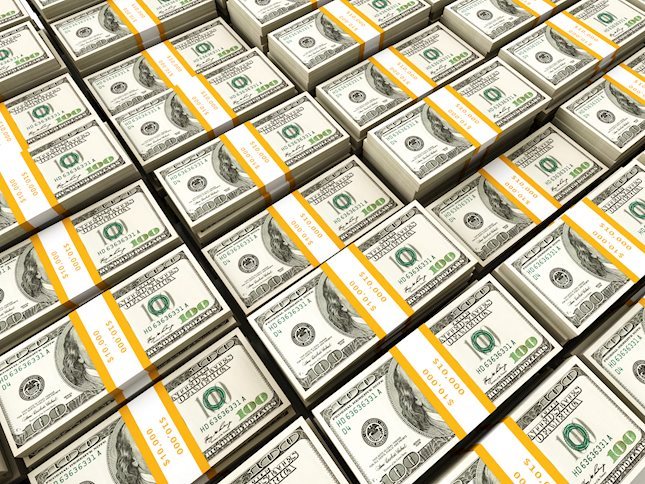EUR/USD falls sharply as investors see ECB reducing interest rates before Fed
- EUR/USD falls below 1.0700 as firm ECB rate cut prospects for June counters the Fed’s less-hawkish guidance.
- The ECB is expected to pivot to interest rate cuts in June as Eurozone inflation is on course to the 2% path.
- Fed Powell remains hopeful of rate cuts later this year.
EUR/USD falls after a breakdown below the round-level support of 1.0700 in Thursday’s early American session. The upside in the major currency pair remains restricted around 1.0736 this week as the European Central Bank (ECB) is expected to start lowering its key borrowing rates from the June meeting. The Federal Reserve’s (Fed) slightly less-hawkish guidance on interest rates fails to keep supporting the downside.
April’s preliminary inflation readings for the Eurozone showed that annual headline inflation grew steadily by 2.4%. In the same period, the core Consumer Price Index (CPI), which excludes volatile food and energy prices, decelerated to 2.7% from 2.9% in March. Although investors forecasted a sharper decline to 2.6%, the data signalled that Eurozone inflation is on course to return to the desired rate of 2%. Therefore, ECB policymakers remain committed to reducing its Main Refinancing Operations Rate from June.
Meanwhile, ECB policymakers are divided about whether the central bank should extend the rate-cut cycle to policy meetings beyond June. Currently, financial markets speculate that the ECB will cut interest rates three times this year.
On the other side of the Atlantic, the US Dollar is under pressure as the Fed remains optimistic about approaching quantitative easing this year despite acknowledging that progress in reducing inflation to 2% has stalled.
Daily digest market movers: EUR/USD falls sharply as US Dollar strives for firm footing
- EUR/USD dips below the crucial support of 1.0700 as the US Dollar attempts to recover losses generated by Fed’s guidance on interest rates that turned out less hawkish than feared.
- Fed’s decision to hold interest rates steady in the range of 5.25%-5.50% for the sixth time in a row was no surprise for investors but its commentary showed that it is eager to shift to a neutral stance from a hawkish one. Fed Chair Jerome Powell said in his press conference after the Federal Open Market Committee (FOMC) meeting that he still sees interest rates lower this year even though stalling progress in the disinflation process has hit his confidence.
- A sharp decline in the scale of balance sheet tapering was another indication of the central bank’s intention to pivot to quantitative easing gradually. The Fed said that starting on June 1, it will reduce the cap on Treasury securities it allows to mature and not be replaced to $25 billion from its current cap of up to $60 billion per month, Reuters reported.
- This announcement and wording put significant pressure on the US Dollar. The volatility in the US Dollar is expected to remain high as investors await the United States Nonfarm Payrolls (NFP) and the ISM Services PMI data for April, which will be published on Friday. The US NFP is estimated to have grown by 243K, lower than the 303K job additions registered in March. The ISM agency is expected to show a rise in the Services PMI to 52.0 from 51.4 in March.
- Meanwhile, the US Dollar Index (DXY), which tracks the US Dollar’s value against six major currencies, rebounds near 105.70 after the release of the steady weekly Initial Jobless Claims and weak Q1 United Labor Costs data. Individuals claiming jobless benefits for the first time for the week ending April 26
Technical Analysis: EUR/USD struggles to sustain above 1.0700
EUR/USD trades inside Wednesday’s trading range. The upside in the major currency pair is capped near 1.0735 as the ECB is expected to start lowering interest rates sooner than the Fed. The near-term outlook of the shared currency pair is uncertain as the 20-day Exponential Moving Average (EMA) at 1.0720 continues to be a major barrier for Euro bulls.
On a daily time frame, EUR/USD exhibits a sharp volatility contraction as it forms a Symmetrical Triangle pattern. The upward-sloping border of the triangle pattern is plotted from October 3 low at 1.0448 and the downward-sloping border is placed from December 28 high around 1.1140.
The 14-period Relative Strength Index (RSI) shifts into the 40.00 to 60.00 range, suggesting indecisiveness among market participants.
ECB FAQs
The European Central Bank (ECB) in Frankfurt, Germany, is the reserve bank for the Eurozone. The ECB sets interest rates and manages monetary policy for the region. The ECB primary mandate is to maintain price stability, which means keeping inflation at around 2%. Its primary tool for achieving this is by raising or lowering interest rates. Relatively high interest rates will usually result in a stronger Euro and vice versa. The ECB Governing Council makes monetary policy decisions at meetings held eight times a year. Decisions are made by heads of the Eurozone national banks and six permanent members, including the President of the ECB, Christine Lagarde.
In extreme situations, the European Central Bank can enact a policy tool called Quantitative Easing. QE is the process by which the ECB prints Euros and uses them to buy assets – usually government or corporate bonds – from banks and other financial institutions. QE usually results in a weaker Euro. QE is a last resort when simply lowering interest rates is unlikely to achieve the objective of price stability. The ECB used it during the Great Financial Crisis in 2009-11, in 2015 when inflation remained stubbornly low, as well as during the covid pandemic.
Quantitative tightening (QT) is the reverse of QE. It is undertaken after QE when an economic recovery is underway and inflation starts rising. Whilst in QE the European Central Bank (ECB) purchases government and corporate bonds from financial institutions to provide them with liquidity, in QT the ECB stops buying more bonds, and stops reinvesting the principal maturing on the bonds it already holds. It is usually positive (or bullish) for the Euro.
Forex News
Keep up with the financial markets, know what's happening and what is affecting the markets with our latest market updates. Analyze market movers, trends and build your trading strategies accordingly.
